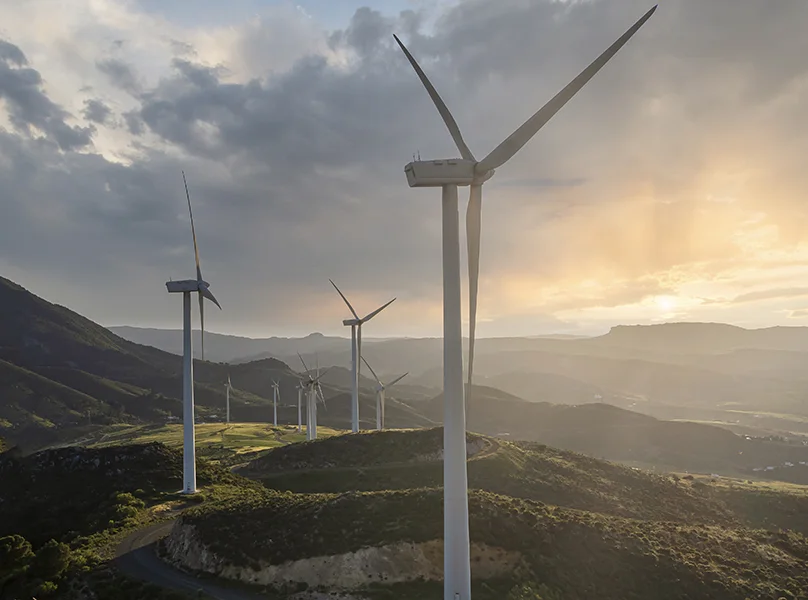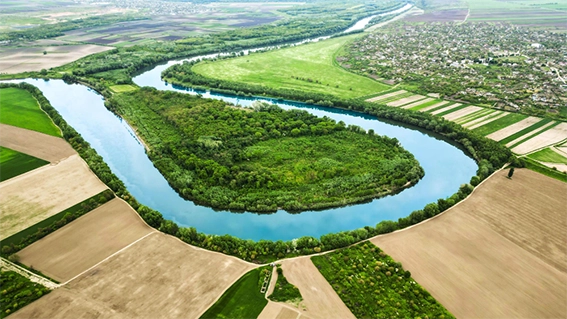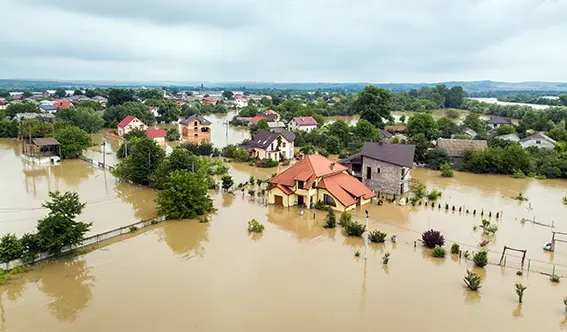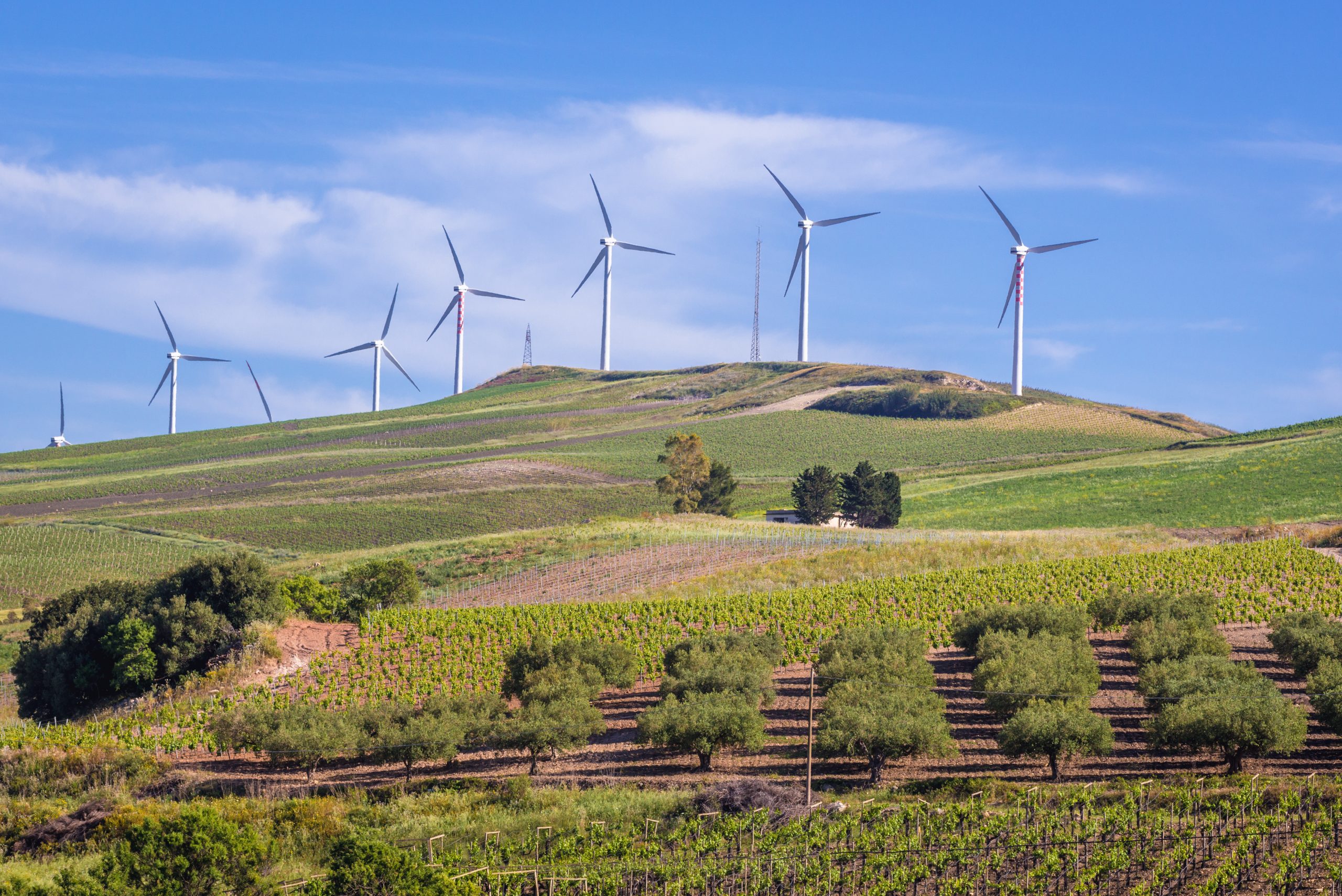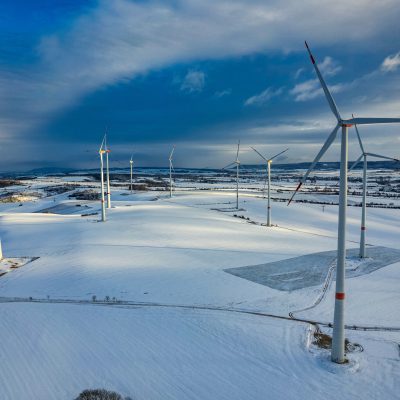Climate Change
Explore our services dedicated to analyzing climate change and its impact on wind, natural resources, territories, cities, infrastructure, and renewable energy production.
We map long-term climate projections and offer solutions for combating and adapting to current and future environmental risks and impacts, for a greater climate resilience.
+20 years
of expertise in analyzing climate and its variables.
Long-term
projections to assess future climate risks.
Adaptation
solutions to enhance resilience against risks
Tailor-made
projects at the national, regional, and local levels
Anticipate and locally adapt to climate change risks
Climate change is now a tangible reality within territories, as evidenced by extreme weather events in recent years (floods, heat waves, droughts, wildfires, etc.). These phenomena have a significant impact on critical issues such as water resources, crops, biodiversity, and human quality of life.
To ensure resilience in the face of climate change, territories need to transform. They need to develop a coherent action plan tailored to local risks and convince a wide range of stakeholders about the benefits of the adaptation measures identified.
To achieve this, it is crucial to identify which risks will directly impact these territories, using projections of climate changes and future trends, along with an assessment of their impacts. Based on the IPCC’s RCP/SSP climate scenarios, we offer a range of solutions to help banks, investors, asset managers, governments, communities and other local stakeholders address the challenges of climate change.
Renewable energy
Natural resources
Cities and Infrastructure
News
Meteodyn at WindEurope 2025 : Innovating for Wind Energy
From April 8 to 10, 2025, a massive event in the wind industry, WindEurope 2025, will take place in Copenhagen, the iconic city of wind. This major event gathers thousands of professionals,...
Meteodyn at Key Expo in Rimini
Meteodyn at KEY Expo 2025: Explore our software solutions for wind modeling: wind energy, urban environments, and secure infrastructures. Understanding and mastering atmospheric phenomena are...
Meteodyn at Winterwind 2025
From February 3 to 5, 2025, we will have the pleasure of attending Winterwind 2025 in Skellefteå, a key event for wind energy in cold climates.Winterwind: A key event to tackle the challenges of...
Working at Meteodyn
Explore new career opportunities by reviewing our job openings.
